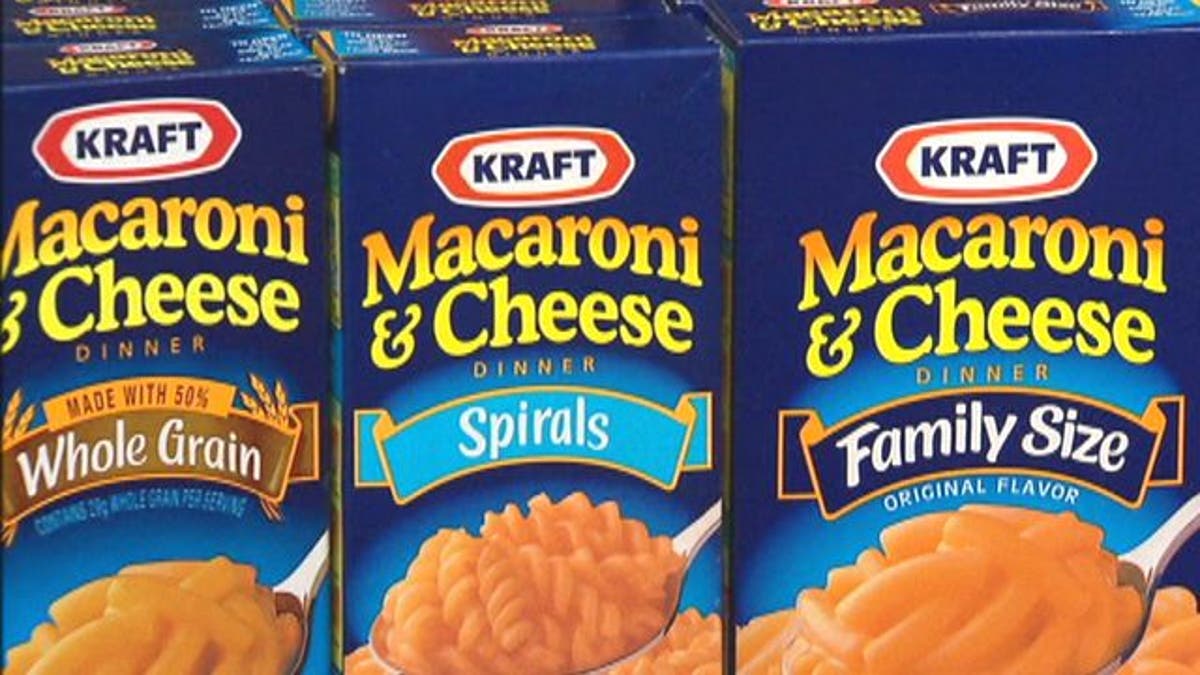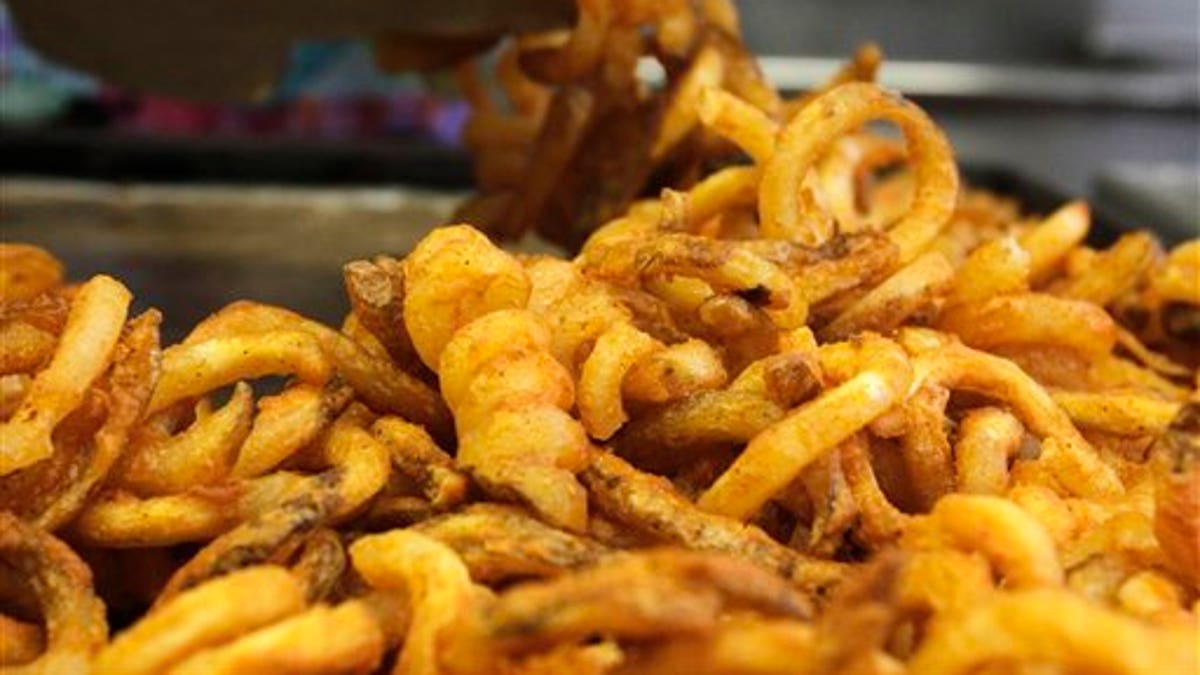There are lots of gross food ingredients out there—including pink slime in meat and azodicarbonamide, a chemical used in yoga mats and Subway’s bread.
And while that all sounds pretty scary—is it? Which ingredients and additives do you really need to worry about? We asked Men’s Health nutrition advisor Alan Aragon for the scoop on five common chemicals added to your food.

1. Sorbic Acid
Where it’s found: Packaged foods, notably Kraft Singles American cheese.
The fine print: Sorbic acid is an artificial preservative. Kraft Foods made headlines recently when it announced it would replace the preservative with a natural one called natamycin in some cheeses. Right now though, it’s hard to tell what its motivation, if any, is health-wise, says Aragon. Sorbic acid is generally recognized as safe by the Food and Drug Administration (FDA).
Find out which food labels you should pay attention to and how to decode them.

(ap)
2. Trans fats
Where it’s found: Commercially prepared baked goods, and snack foods. Artificial trans fats come from partially hydrogenated vegetable oil, an ingredient that helps make foods shelf-stable and taste better.
The fine print: They’re linked to elevating your risk for heart disease and the FDA recently proposed a ban on them. And they should be avoided, says Aragon. But minimizing intake shouldn’t be too hard—trans fats have been taken out of most foods already. Make sure you’re eating clean by focusing on mostly whole, fresh foods.

3. MSG
Where it’s found: Packaged snacks, canned soups, Asian take-out.
The fine print: Monosodium glutamate is used as a flavor enhancer in food and produces umami, a satisfying “fifth” taste. You’ve probably heard concerns that it can produce nasty side effects, like migraines or asthma, but Aragon points to one review study in the journal Appetite that concludes that most of us aren’t sensitive to MSG and that the data shows it’s safe for humans.
That’s not to say MSG is good for you, because it’s typically found in processed foods overloaded with calories and sodium. Glutamate—or “umami”—is naturally found in some foods that are healthy, like seaweed, mackerel, Parmesan cheese, chicken, tomatoes, and mushrooms.
Hungry for Asian food tonight? Skip the takeout and make fast, fresh, DIY versions of delivery classics.

4. Artificial Food Coloring
Where it’s found: Processed foods including yogurts, candy, boxed mac ‘n cheese.
The fine print: “There are no definitive findings that show artificial food dyes are more harmful than natural dyes,” says Aragon. Artificial dyes may be red #40 or yellow #5, while natural might read annatto extract or beet juice. In general, foods that contain dyes—whether natural or artificial—are more refined and it is used to make foods look healthier or tastier.
Want more must-have nutrition info and breaking health studies delivered to your inbox every day? Sign up for the Men's Health Daily Dose newsletter.

FILE - In this Sept. 14, 2011 file photo, fresh fries are scooped into containers during lunch at Gardiner High School in Gardiner, Maine. Congress wants to keep pizza and french fries on school lunch lines, fighting back against an Obama administration proposal to make school lunches healthier. The final version of a spending bill released late Monday would unravel school lunch standards the Agriculture Department proposed earlier this year, which included limiting the use of potatoes on the lunch line and delaying limits on sodium and delaying a requirement to boost whole grains. (AP Photo/Pat Wellenbach) (AP)
5. Acrylamide
Where it’s found: French fries, potato chips.
The fine print: Acrylamide is a chemical that’s formed when foods—particularly potatoes—are heated to above 250 degrees Fahrenheit, whether at a restaurant or at home. The World Health Organization has said that the chemical poses a major health concern because animal studies show that it may be carcinogenic. However, these results have not been replicated in humans, and a 2012 study in the Annual Review of Food Science and Technology says there’s no good evidence to say that the amount normally consumed poses a real threat, says Aragon.
More research is needed to say definitively if you should change your potato-eating habits. If you're concerned, limit exposure by boiling or microwaving whole potatoes with the skin on and soak potato slices in water before cooking.
What other dangerous chemicals are hiding in common objects? It could be one of 6 Sneaky Cancer Culprits.
